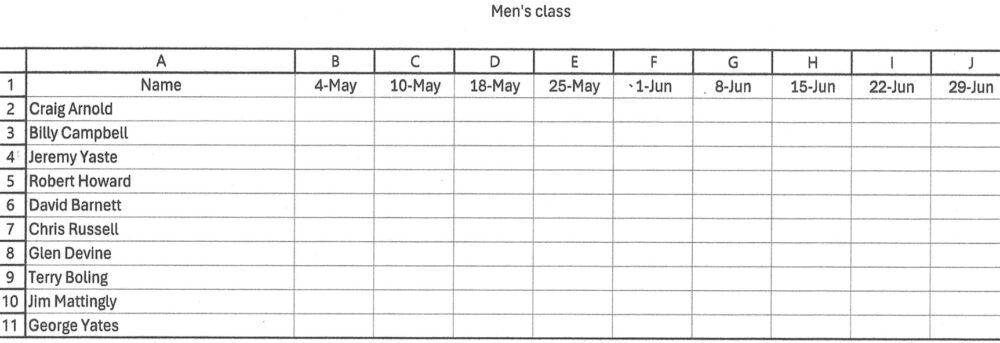In the book, “Reaching the Summit: Avoiding and Reversing Decline in the Church” I identify five phases of decline a church can fall through. The third phase is Denial of Reality. A church moves into phase three when the evidence of decline becomes obvious to those inside as well as outside the church. In this phase church leaders often enter a stage of denial. It is hard to ignore when church attendance drops from 300 to 200 or from 125 to 84.
If Sears lost one third of its customer base, someone in leadership would take notice. In an organization such as Sears, action would be taken long before this size loss occurred. Yet in some churches the realization of the denial phase may not happen until the church has lost up to half their attendance on an average week.
Jim Collins states, “There is a tendency to discount or explain away negative data rather than presume that something is wrong with the company (organization).”[1] In the church this is all too common. Church leaders are busy. With weekly services, visiting the sick and grieved, ministry programs, committee meetings, and sermon and teaching preparation, there is so much going on in the ministry of the church that it is hard to accept the data declaring decline.
In the church one way we attempt to explain away the obvious data is to blame outside sources. “It is the economy,” or “since that big church moved in down the street,” It is much easier to pass the blame onto outside influences that we have no control over than it is to accept our role in the decline of the church. We need to accept responsibility for the ministry effort and the community to which God has called us. Great leaders shoulder the responsibility rather than pass the blame for decline in the church.
Though denial has actually been a characteristic of church leadership in phases one and two, in phase three denial becomes apparent as some church leaders become vocal in rejecting the obvious. Denial becomes a pattern. This is a point where first the leaders, then the members of the organization need to address the blunt reality and facts of the situation, what I refer to as having a vigorous face to face summit with reality ( see Reaching the Summit, chapter seven A Vigorous Face to Face Summit With Reality). Unfortunately, we often see denial of the truth of the church’s situation and a refusal to conduct an open and honest assessment of the ministry’s decline.
Regardless of how long your church has been in decline, even if it was ten years or more before your arrival, it is your watch now. You are directly responsible for what happens on your watch at your church. One of the first steps of becoming a successful leader is to accept responsibility (as Nehemiah did) for the present situation and then work to resolve and reverse the declining trends. Whether you are the pastor, paid or volunteer staff, or a layperson in your church, begin as Nehemiah did in chapter 1, verse 4 and then pray as he did in verses 5-9.
Nehemiah accepted responsibility for a mess that he had nothing to do with. What steps will you take today to be like Nehemiah and accept responsibility to get the ball rolling in reversing or staving off declining trends in your church?
For more information on this and reversing declining trends contact George Yates and visit SonC.A.R.E. Ministries.
[1] How The Mighty Fall, pg. 81
